Hold the Door: Radical Contemporary Women Printers
About the Artist
Elaisha is a Detroit-based artist, specializing in relief printing and painting. Within her work, one can find a range of familiar imagery in the form of portraits, mock adverts, still life, and patterns. Her pieces often feature subtle references to the minimalist, pop art and art nouveau movements, giving new life and perspective to the concepts from which she draws inspiration.
At the center of Elaisha’s work you will find many tributes to black women. Whom, as a black woman herself, she holds as her muses. She often places her subjects in environments, advertisements, clothing and media modeled after trends in the 1950s and 1960s eras. Much of her work reimagines this period with black women featured in positions of peace and leisure. As an artist, her ultimate goal has been to portray people of color outside of traumatic spaces.
As far back as she can remember, Elaisha has had a love for creating art. She was known as the edgy, creative one amongst her peers and frequently voted as “Most Likely to be an Artist,” in school. Early on, she knew she wanted to pursue art professionally when she grew up. And now, years later, she is making that dream a reality as a full-time artist, who not only shares her fine art in the form of original paintings with the world and collectors, but through the creation of art prints, screen printed bags and paper goods, she is able to consistently provide affordable art products to the masses.

Artist:
Social media: @artlaish
Exhibition
Hold the Door: Radical Contemporary Women Printers

Ripe Fruit Will Fall When It’s Ready
Linocut
14”x11”
2023
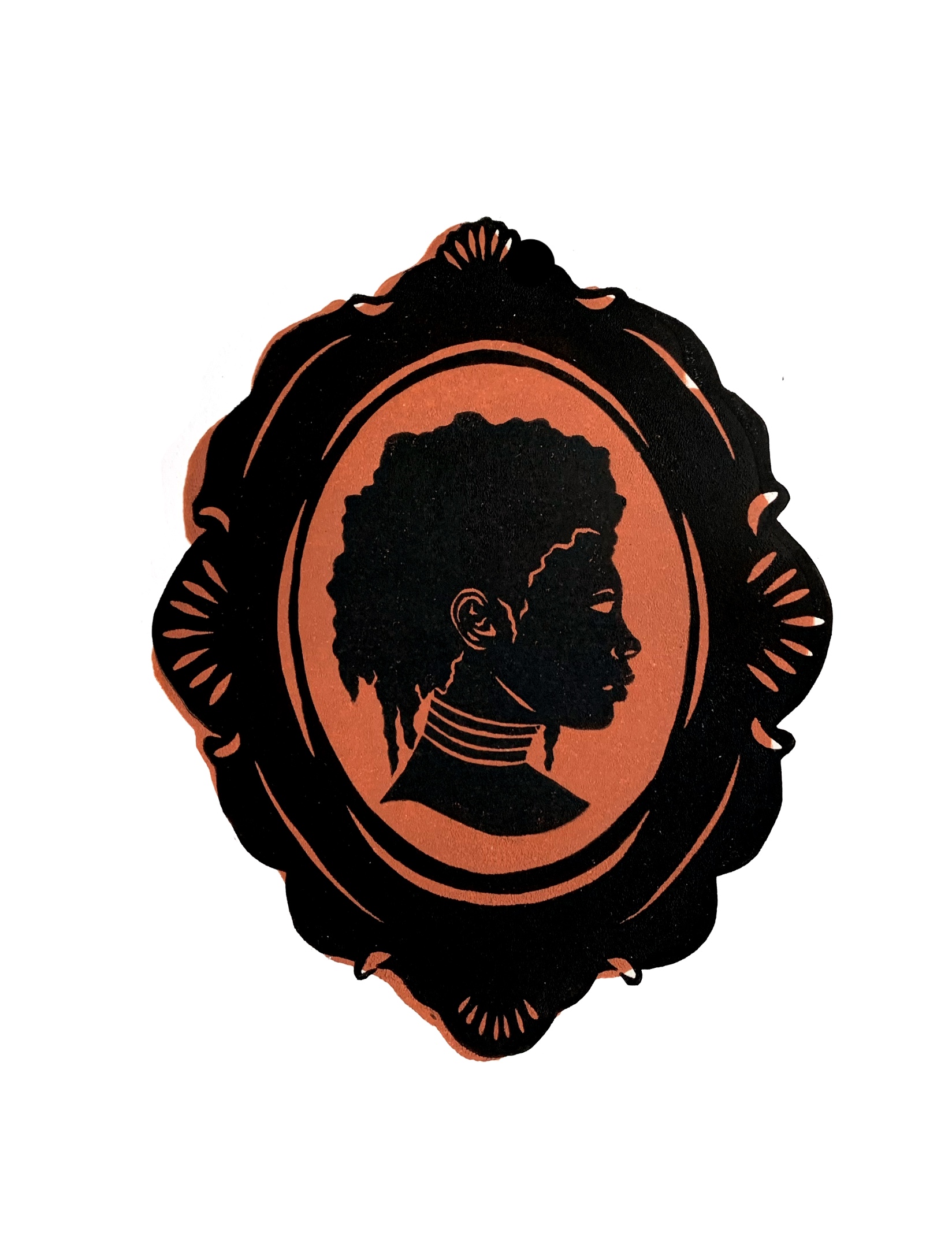
Sheba
Linocut
10” x 8”
2023

The Red Room
Linocut
19” x 13”
2023

Do You See This Coat?
Linocut
12” x 9”
2024
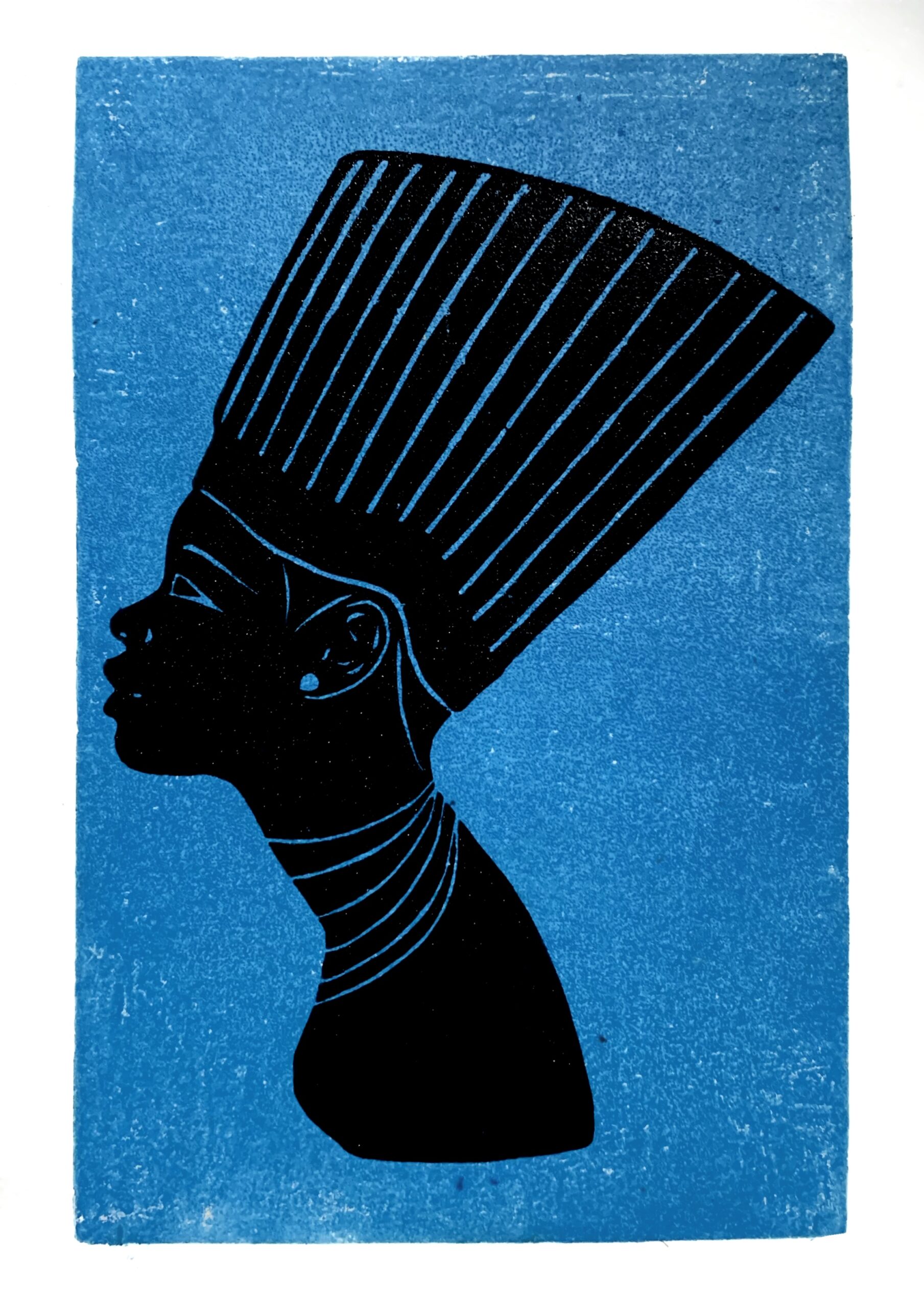
Nefer
Linocut
10” x 8”
2024
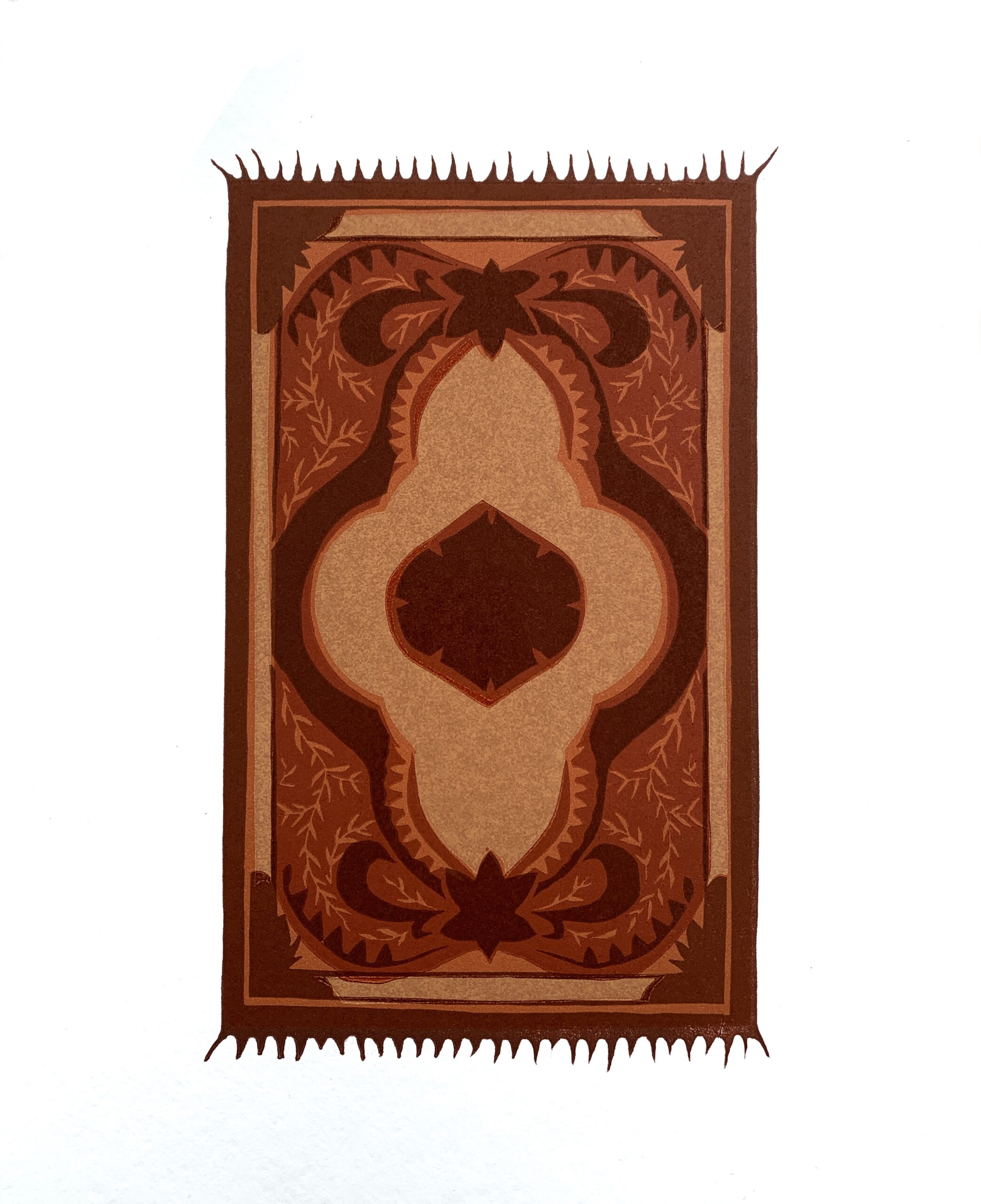
No Shoes on This Rug at Dawn
Linocut
10” x 8”
2024

My Memory Reunited Us
Linocut
14” x 11″
2023
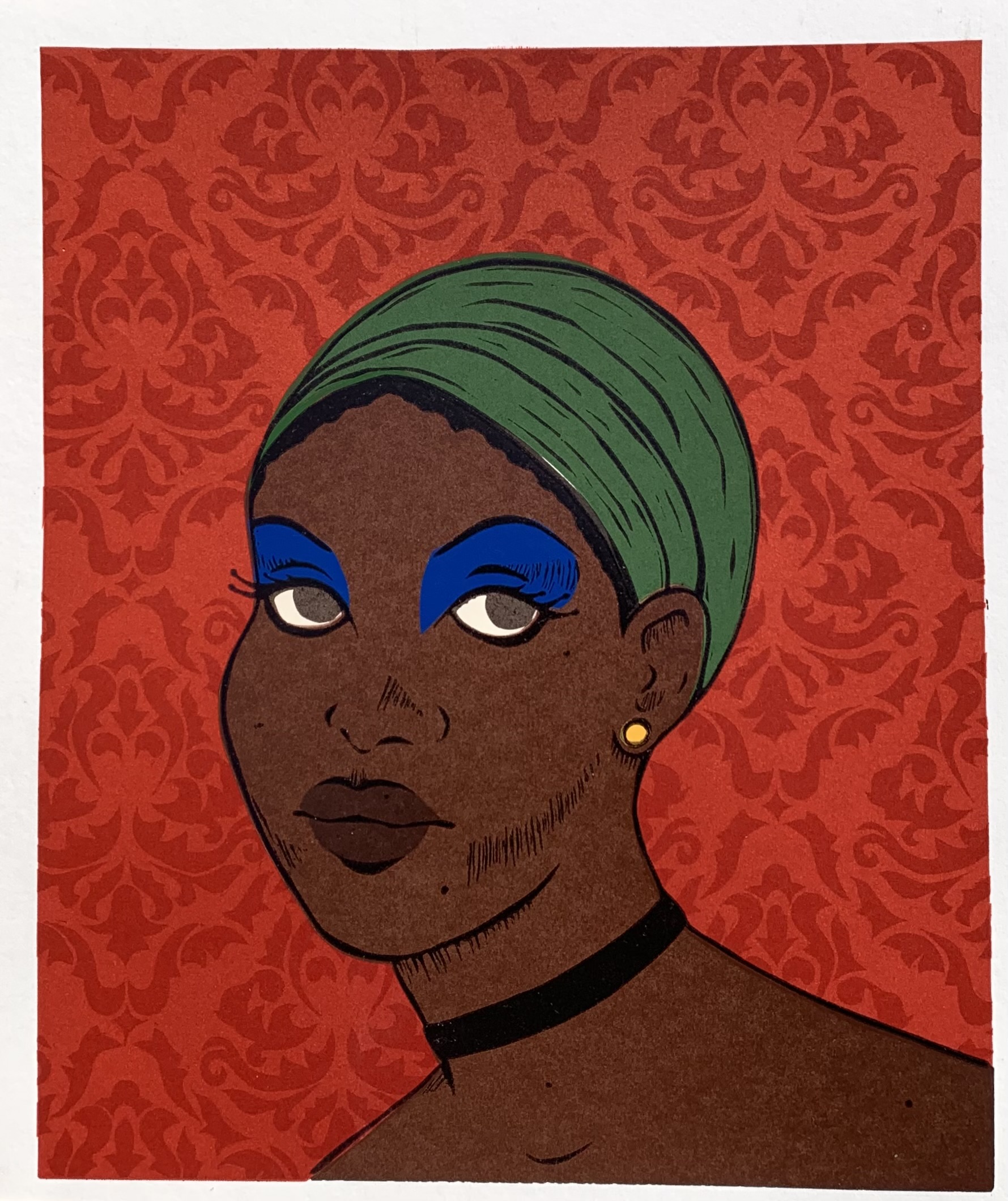
Computer Blue
Linocut
14” x 11”
2025
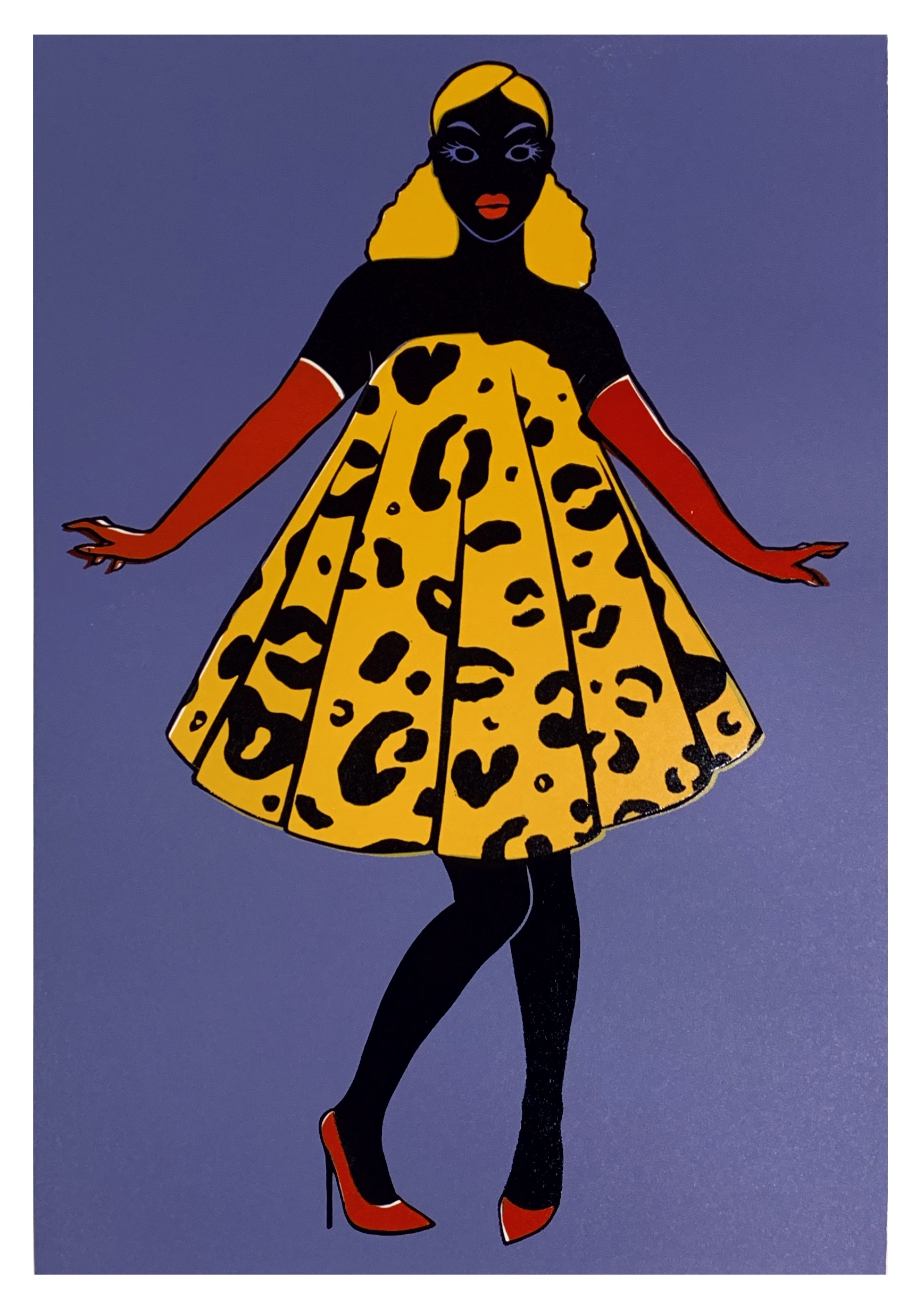
Don’t be a Crybaby
Linocut
19” x 13”
2024
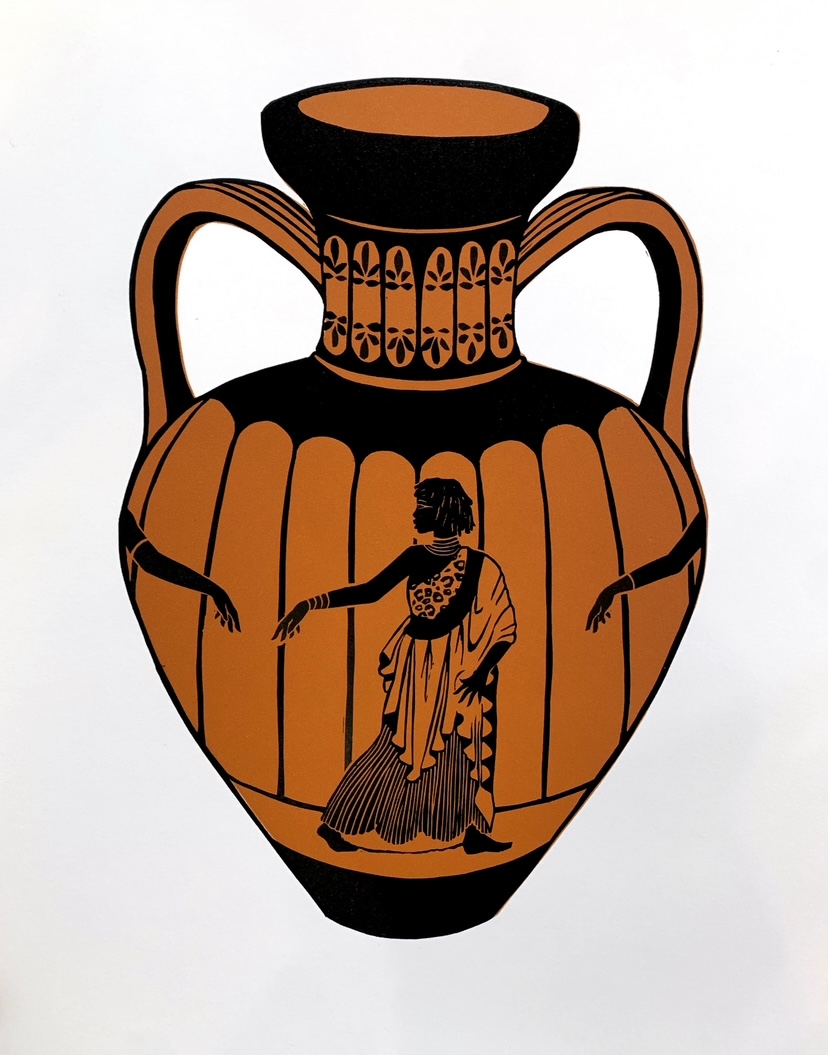
The Queen of Sheba Visits King Solomon
Linocut
14” x 11”
2024

You’ve Got to be Seen Green
Linocut
19” x 13”
2024

Les Bonnes Filles
Linocut
18” x 12”
2025
